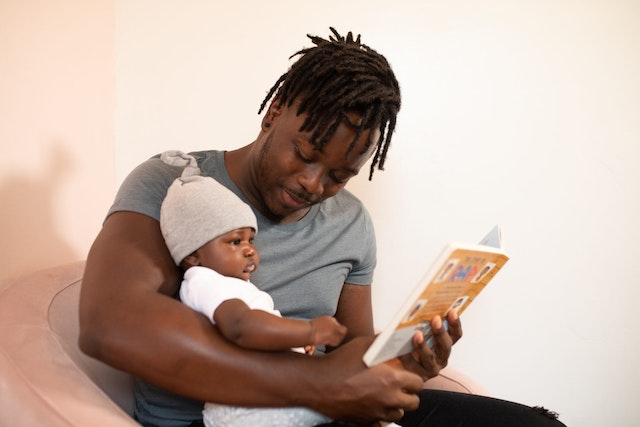When going through a custody battle, you may hear the term “child’s best interest” thrown around. However, it’s imperative to understand what this truly means. In many cases, parents are unsure how the courts will determine what the best interest of the child is, which can lead to issues. As such, if you are going through a divorce or separation with the parent of your child, the following blog explores how the courts reach this conclusion. You’ll also learn why working with a Long Island child custody lawyer is in your best interest.
What Are the Different Custody Arrangements in New York?
First and foremost, it’s important to understand how New York courts can divide custody among parents. Generally, when parents divorce or break up but cannot agree on how to split custody, the court must get involved to determine the outcome.
There are two forms of custody that can be awarded – physical and legal. Physical custody represents which parent is actively taking care of the child and where they live. In many instances, custody can be split evenly between the parents through joint custody. As such, the child will typically spend an equal amount of time living with both parents. However, one parent may be awarded sole custody, meaning they are the primary custodial parent, while the other has visitation or overnight visits with the child.
Legal custody refers to the right of a parent to make decisions for the child. Typically, this revolves around matters like where they will go to school, what religion they practice, and what medical care they receive. Like physical custody, this can be awarded to one or both parents. If joint legal custody is granted, the parents must reach an agreement before making a decision.
What Do Courts Mean By the “Best Interest of the Child?”
If you are going through a custody battle, it’s imperative to understand the factors the court considers when examining how to award custody. When these matters arise, the courts adhere to the “best interest of the child” standard. There is no universally recognized definition, as the best interest of a child can vary based on each family’s circumstances. Essentially, this means that the judge assigned to the case must make custody decisions based on the best possible outcome for the child’s health and well-being. As such, this prioritizes the child’s needs above the wants and wishes of the parent. Additionally, if the child is old enough to express their preference, the court may not consider this if it does not reflect the best possible outcome.
Some factors the courts will consider in these matters include, but are not limited to, the following:
- The age and health of each parent
- The income and job responsibilities of each parent
- Who the child’s primary caretaker was prior to the divorce
- Where each parent lives in relation to the other
- Where each parent lives in relation to the child’s school, community, and extracurriculars
- The ability of each parent to cooperate with one other
- The willingness of each parent to adhere to a court-ordered custody schedule
- Any allegations of abuse or neglect
- Any allegations of substance abuse
- If they are old enough, the child’s opinion
As you can see, there are a considerable number of circumstances the courts can examine to determine how to award custody in New York. That is why it is critical to work with an experienced attorney with the Law Offices of Jay D. Raxenberg, P.C., to help you navigate these complex matters and to fight for the best outcome for you and your family. Contact us today to learn more.



